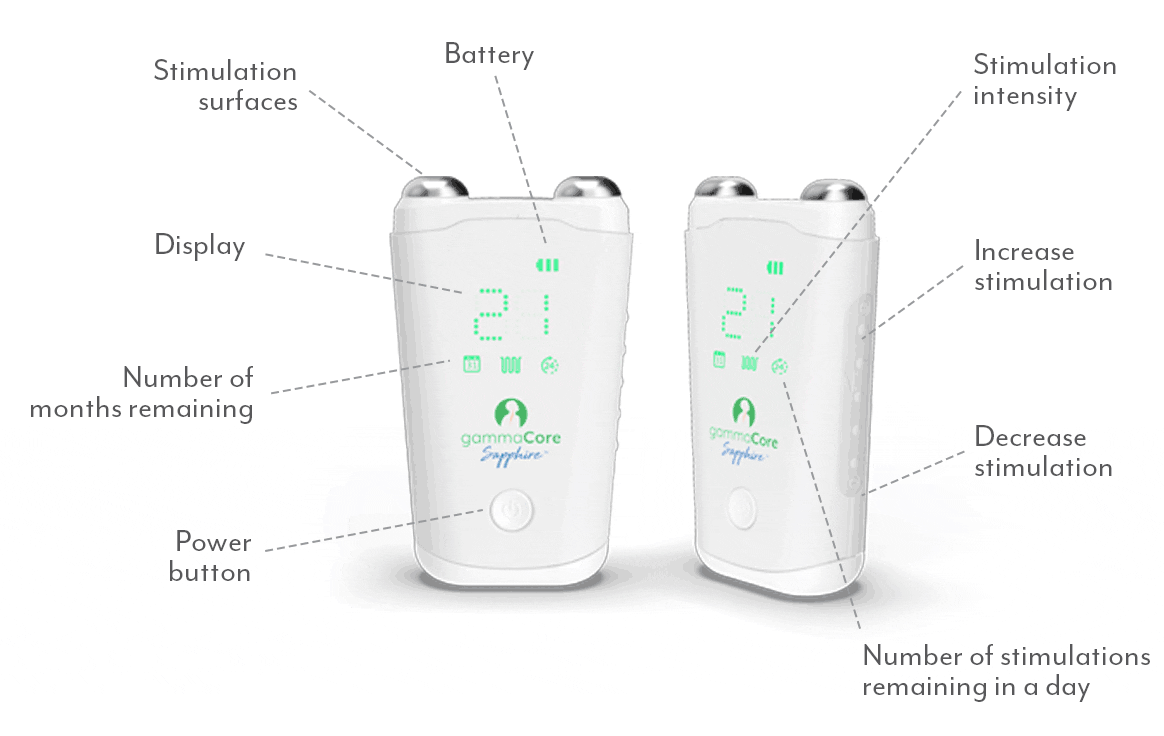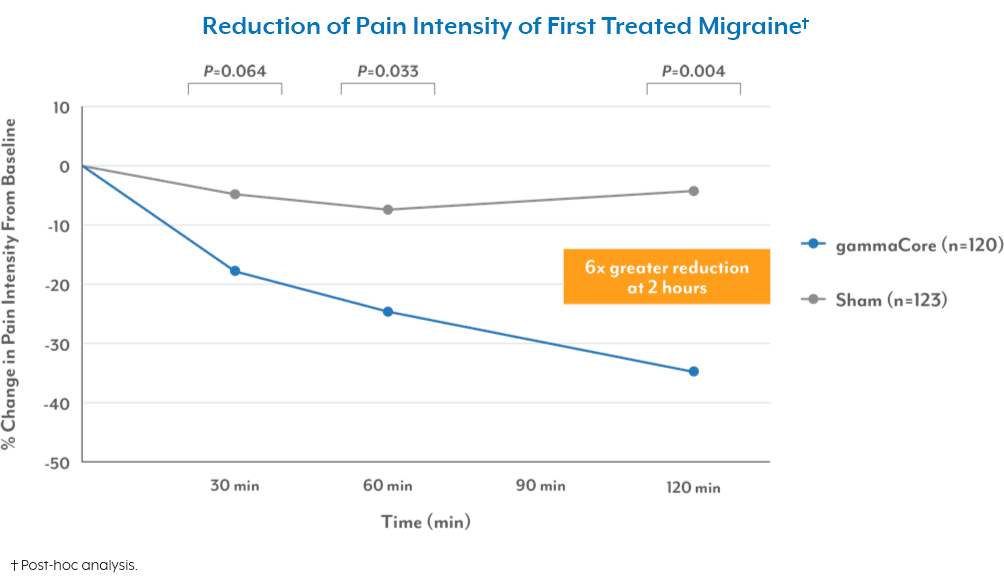
Migraines can be debilitating, turning even the simplest tasks into monumental challenges. For those who suffer from these intense headaches, finding fast relief is crucial. While there’s no one-size-fits-all solution, there are several strategies you can try to ease the pain and get back to your day. Here are 5 tips for instant migraine relief to help you manage migraine symptoms more effectively.
Understanding Migraines
Migraines are a common and debilitating condition, affecting 1 in 7 people globally. In the United States alone, over 35 million people suffer from migraines, with the majority being between the ages of 35 and 45. Despite their prevalence, migraines are often undertreated, with only 3% to 13% of eligible patients receiving preventive therapy.
1. Create a Calm Environment
A big part of migraine self-care is your surroundings. Migraines often heighten sensitivity to light, sound, and smells, making your environment a critical factor in managing the pain. When you feel a migraine coming on, retreat to a quiet, dark room. Draw the curtains, turn off bright lights, and limit noise. If possible, try to rest or nap in this serene setting.
Quick Tip: Invest in a good sleep mask for darkness and a quality pair of noise-cancelling headphones for silence. These can be lifesavers when you need to create a peaceful environment on short notice.
Sleep Well
Establish a Regular Sleep Schedule
Maintaining a consistent sleep schedule is crucial for migraine prevention. Try to go to bed and wake up at the same time every day, even on weekends. This helps regulate your body’s internal clock and can reduce the frequency of migraines.
Create a Sleep-Friendly Environment
In addition to using a sleep mask and noise-canceling headphones, consider investing in blackout curtains and a white noise machine. Keep your bedroom cool and comfortable, and avoid using electronic devices at least an hour before bedtime to improve sleep quality.
2. Stay Hydrated
Dehydration is a common migraine trigger. When you feel one starting, drink water immediately. Sometimes, even a small amount of hydration can stave off worsening symptoms. If you struggle to drink enough water throughout the day, consider carrying a reusable water bottle as a constant reminder to stay hydrated.
Quick Tip: Adding a handful of berries or a slice of lemon, cucumber, or orange to your water can make it more refreshing and encourage you to drink more. Staying hydrated isn’t just for migraine self-care – it’s essential for overall health and wellness.
Eat Wisely
Identify and Avoid Trigger Foods
Certain foods can trigger migraines in some people. Common culprits include aged cheeses, processed meats, chocolate, and foods containing MSG. Keep a food diary to identify your personal triggers and avoid them when possible.
Maintain Regular Meal Times
Skipping meals or fasting can trigger migraines. Try to eat migraine-friendly foods at regular intervals throughout the day. This may help maintain stable blood sugar levels. Include a balance of proteins, complex carbohydrates, and healthy fats in your meals to promote sustained energy and reduce the likelihood of migraines.
3. Practice Deep Breathing and Relaxation Techniques
Stress is another common trigger for migraines. Deep breathing exercises or progressive muscle relaxation can help reduce tension and ease migraine symptoms. These techniques help your body relax, alleviating some of the pressure that contributes to migraine pain.
Quick Tip: Try the 4-7-8 breathing technique. Inhale deeply through your nose for four seconds, hold your breath for seven seconds, and exhale slowly through your mouth for eight seconds. Repeat this cycle a few times to feel more relaxed.
Exercise Regularly
Low-Impact Exercises for Migraine Prevention
Regular exercise can help reduce the frequency and intensity of migraines. Low-impact activities like walking, swimming, or yoga are particularly beneficial. Aim for at least 30 minutes of moderate exercise most days of the week.
Timing Your Workouts
Be mindful of when you exercise. For some people, intense workouts can trigger migraines. Try exercising at different times of the day to find what works best for you. Always warm up gradually and stay hydrated during your workouts.
4. Use a Cold Compress
Applying a cold compress to your forehead or the back of your neck can provide fast migraine relief. The cold helps numb the area, reduce inflammation, and constrict blood vessels, easing the throbbing pain of a migraine. You can use an ice pack wrapped in a cloth, a cold gel pack, or even a bag of frozen vegetables in a pinch.
Quick Tip: Keep a reusable cold pack in your freezer so it’s always ready to use when a migraine strikes.
Keep a Migraine Diary
Tracking Triggers and Patterns
Keeping a detailed migraine diary can help you identify patterns and triggers. Record the date, time, duration, and intensity of each migraine, along with potential triggers like food, stress, or changes in sleep patterns.
Using Apps for Migraine Tracking
Several smartphone apps are available for tracking migraines. These can make it easier to log your symptoms, triggers, and treatments, and some even provide insights based on your data. Consistent tracking can help you and your healthcare provider develop a more effective treatment plan.
5. Try gammaCore for Proven, Targeted Relief
For those seeking a non-invasive, drug-free option to manage migraine symptoms, gammaCore™ non-invasive vagus nerve stimulator (nVNS) can be an effective addition to your self-care routine. This portable, handheld device gently stimulates the vagus nerve, a key player in regulating pain signals, to help reduce migraine pain. Clinically proven to alleviate migraine pain, gammaCore is applied to the side of the neck—where the vagus nerve is most accessible—at the onset of an attack. Each treatment takes less than five minutes, offering a quick and easy way to manage migraine pain.
Quick Tip: gammaCore can also be used to prevent migraine pain when used twice daily, once in the morning and again at night.
To see if gammaCore is right for you, visit our clinic finder to locate a health care provider near you, or contact our dedicated Customer Experience team at 888-903-2673 or customerservice@electrocore.com.
When to Seek Professional Help
Warning Signs of Serious Conditions
While most migraines are not life-threatening, certain symptoms warrant immediate medical attention. These include sudden, severe headaches, headaches accompanied by fever, stiff neck, or confusion, and headaches following a head injury.
Treatment Options from Health Care Providers
Consulting with a health care provider can open up additional treatment options. These may include prescription medications, such as triptans, or preventive drugs, like topiramate, which have been shown to reduce headache frequency by 50% or more compared to a placebo.



